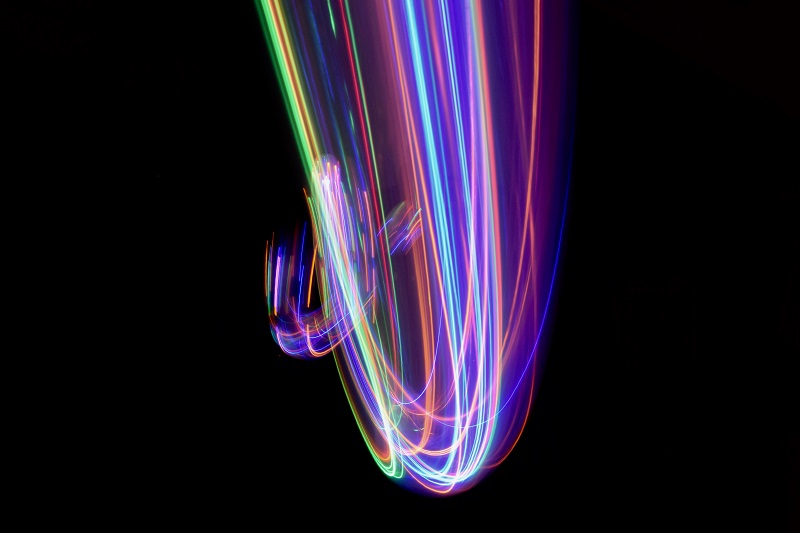DARPA announces Spectrum Collaboration Challenge finalists

On September 10, DARPA announced the 10 teams that have qualified for the Championship Event of the Spectrum Collaboration Challenge (SC2) – a three-year contest to unlock the potential of the radio frequency (RF) spectrum using artificial intelligence (AI). The teams will head to Mobile World Congress Los Angeles on October 23, 2019, where their radio designs will go head to head during a live competition. The first, second, and third place winners will walk away with $2 million, $1 million, and $750,000 prizes, respectively.
“These teams have fought long and hard for their chance to compete in SC2’s Championship Event,” said Paul Tilghman, the program manager leading SC2. “After three-years of competition, this final roster reflects some of the best minds working at the intersection of AI and wireless communications.”
The final 10 teams competing in the SC2 Championship Event are:
- Andersons – an independent competitor
- Dragon Radio – Drexel University
- Erebus – a team of independent researchers
- GatorWings – University of Florida
- How Make Radio – Agitator LLC
- MarmotE – Vanderbilt University
- SCATTER – IDLab, an imec research group at Ghent University and University of Antwerp, and Rutgers University
- Sodium-24 – an independent competitor
- Sprite – Northeastern University
- Zylinium – a team of independent researchers
Since its beginning in 2016, SC2 has challenged teams to merge recent advances in AI and machine learning with the expanding capacities of software-defined radios (SDR) to create radio networks capable of autonomously collaborating on ways to best utilize the spectrum moment to moment. Some teams employ rule-based, or “first wave,” AI approaches that attempt to capture all possible moves or scenarios a radio could face and then define a corresponding response. Others are using more advanced AI and machine learning, or “second wave,” approaches that exploit pattern recognition to help their radios avoid interfering with their wireless neighbors while skillfully navigating to open spectrum. A few teams use a combination of the two approaches.
“SC2 aims to determine if there is a future in which AI-enabled radios can autonomously navigate the wireless spectrum, eliminating the need for rigid, human-managed spectrum bands – or traditional spectrum allocation. The novel approaches developed by our competitors could enable us to make more efficient use of the spectrum we currently have available, and possibly forestall spectrum scarcity that threatens future performance as more and more devices come online,” said Tilghman.
DARPA’s SC2 began with more than 30 teams vying for the opportunity to compete in this first-of-its-kind collaborative competition. Teams entered the challenge by either submitting a proposal or successfully completing technical hurdles developed by SC2 organizers. At the end of the first year of the challenge, DARPA held an initial preliminary event at Johns Hopkins University Applied Physics Laboratory (JHU APL) in Laurel, Maryland. Of the original 30 teams, 19 qualified for the event. To determine how the research was progressing, 475 fully autonomous matches were run with the teams’ radio designs in SC2’s custom-built testbed environment, known as “The Colosseum.” The 10 highest scoring teams each took home $750,000 in prize money, but even teams outside of the top ten still had an opportunity to move on to the next phase of the challenge.
At the end of SC2’s second year, 15 teams came back to JHU APL for the second preliminary event. The teams’ radios were further challenged by interference environments featuring conditions far beyond what existing commercial and military radios can handle – increasing the number of simultaneous wireless network types from three to five, and raising the total number of radios from 15 to 50. At the conclusion of the event, six of the eight top-scoring teams walked away with $750,000 in prize money. Four additional teams were awarded half-prizes shortly after the conclusion of the event for successfully passing the criterion laid out for the final matches. This criterion, called the “payline criterion,” represents the fundamental test for SC2 radios: can collaborative, autonomous spectrum management outperform the status quo of manual spectrum allocation?
All 15 teams that participated in the second preliminary event qualified to move on to the final phase of the SC2 competition. Starting on September 4, a championship play-in round was held to determine the final 10 teams that would compete in the Championship Event.
The live SC2 Championship Event will take place on the Keynote Stage at MWC 2019 Los Angeles. Grant Imahara, well known for his work on the hit Discovery series MythBusters and Netflix series White Rabbit Project, will serve as the master of ceremonies. Imahara will provide commentary alongside DARPA’s Paul Tilghman and GNU Radio Foundation president, Ben Hilburn. The event will kick off at 3:30 p.m. Pacific Time and take the audience through several rounds of competition during which teams will be eliminated based on scores and performance. The finale is free to attend and open to all MWC 2019 Los Angeles attendees as well as the general public.
Source: DARPA








